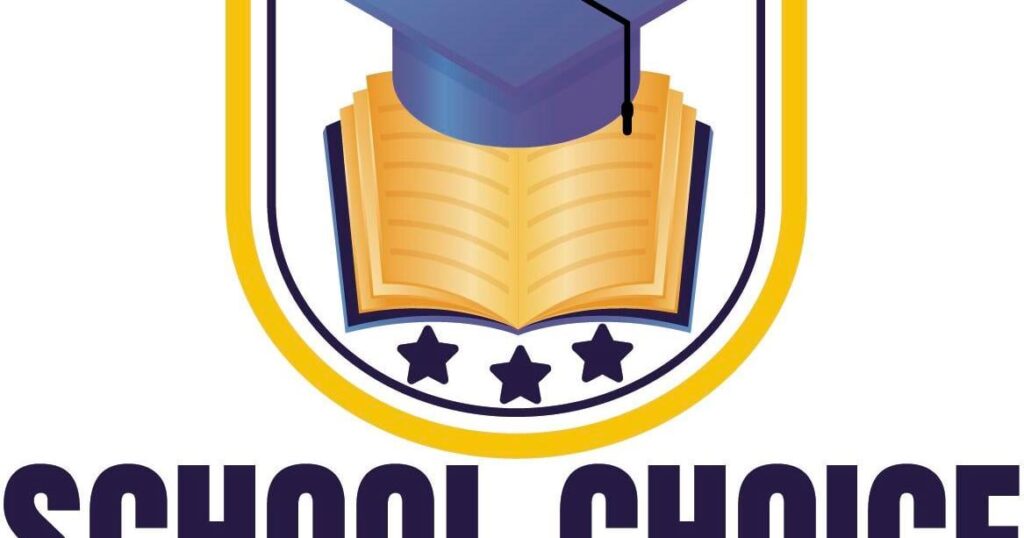When it comes to how states provide funding for education – be it for public, private or charter schools – the methods used are, literally, all over the map.
“Education is a state’s right,” said Mark Laurrie, superintendent of the Niagara Falls, New York, schools. “Everyone has a different funding standard and different mechanisms for funding schools.”
In Niagara Falls, one of New York’s 731 school districts, Laurrie’s $190 million budget for the 2024-25 school year is funded by a combination of local property taxes and a cut of New York’s $35.9 billion in state aid to education.
That money is divided among New York’s school districts under the Foundation Aid formula, an arcane calculation created in 2008 that relies on population figures taken from the 2000 U.S. Census.
Laurrie, like many other educators in New York, believes Foundation Aid doesn’t begin to represent the current cost of educating students.
Charter schools in New York, and those that provide special education services, receive a per-pupil payment, set by the state, from the aid received by the local school districts. For the current school year, the Niagara Falls School District will allocate $4.929 million, roughly 2.6% of its budget, to pay for charter school pupils.
“We pay $14,138 per (charter school and special education) student,” Laurrie said. “Every district pays something different based on a very convoluted formula.”
Private vs. public
Private schools, both religious and secular, receive no funding from the state. The cost of private education in New York is borne entirely by parents.
Homeschool families are also on their own, with no aid from either the state or local school district. Homeschool students are also barred from participating in the local school districts’ extracurricular activities and do not receive a diploma from their school district.
In the 19 states where CNHI publishes newspapers, a review of education department websites showed that Maryland, Michigan, Massachusetts, Illinois and Texas fund and provide educational opportunities in a manner that mirrors New York’s approach. Funding comes from a combination of local property and/or income taxes and direct aid from the state to public school districts.
State aid is used to cover the operation of the district’s public schools, while also providing some per-student support to charter schools. Like New York, these states provide no options, such as vouchers, to support homeschooling or the cost of private school education.
That could change in Texas in the coming year. Republican Gov. Greg Abbott and the Republican majority in the state legislature are considering the establishment of a voucher program.
Meanwhile, new options to pay for education are sweeping through more than a dozen CNHI states in the South and Midwest. All of these options are tied to school choice programs that provide families with public money to attend private schools or choose home schooling.
In order to fund these private educational choices, 12 CNHI states have enacted laws creating educational funding mechanisms, such as Educational Savings Accounts, Education Choice Tax Credits and so-called “tax scholarships.”
Kentucky has a November ballot initiative for voters to determine whether to establish a voucher program.
EdChoice, a nonprofit that advocates for school choice, reports that 32 states and the District of Columbia offer some type of school choice program that relies on these new government funding mechanisms.
Instead of state aid going to an individual school district to fund the operation of established public and charter schools, school choice funding typically flows from the state directly to an individual child’s family in the form of vouchers, savings accounts or scholarships. That aid can then be used to cover the cost of home schooling or private school tuition.
Among the CNHI states that have adopted alternative financing models, the most popular appears to be ESAs. Seven of these states, New Hampshire, West Virginia, Tennessee, North Carolina, Indiana, Missouri and Iowa allow ESA programs. New Hampshire, Iowa, West Virginia, North Carolina, Oklahoma, Ohio and Minnesota also offer Educational Choice Tax Credits.
Pennsylvania, Kansas and Indiana have chosen to use “tax scholarships” as an alternative source of funding non-public schools. The scholarships allow taxpayers to receive full or partial tax credits when they donate to nonprofits that provide private school scholarships as a way for parents to afford private school tuition.

